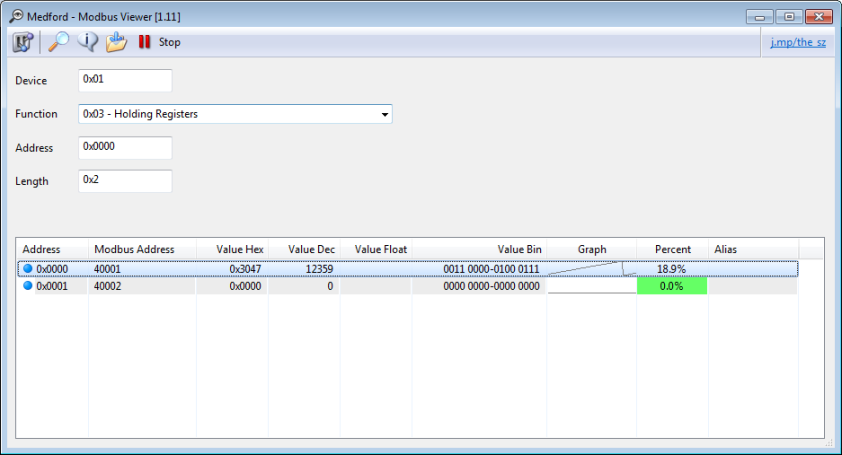Work has continued on this project since my previous post. With this additional work there has also been a shift in the primary repository from Bitbucket to Github. This has been so as to take greater advantage of code quality and continuous build tools that are available with the latter platform. More significant than this however is a new project name – echidna.

An echidna, sometimes known as spiny anteaters, is an egg-laying mammal (monotreme) which is native to Australia and New Guinea. The analogy of a robust animal – with many spines on which one could hurt themselves were they to mishandle an echidna – seemed somewhat appropriate for this project.
The new repository can be found at https://github.com/61131/echidna and includes significant code coverage and a continuous integration pipeline.
